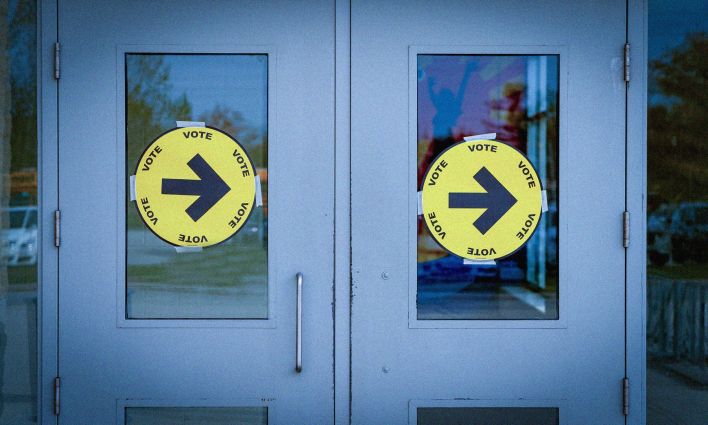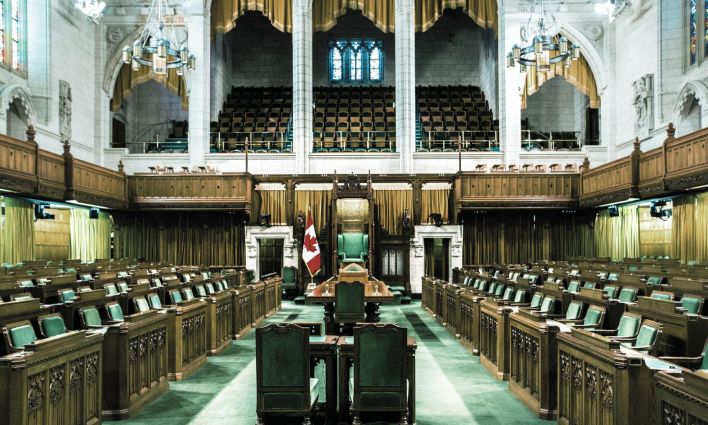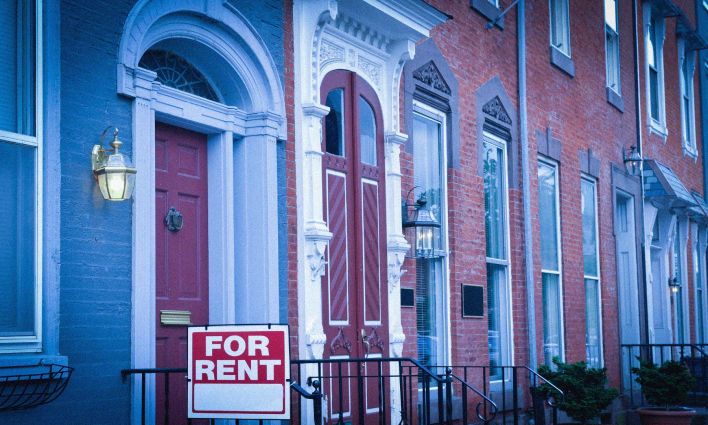News stories of rents for vacant apartments going down, coupled with anecdotes about landlords offering incentives to attract tenants, have fuelled the notion that renters have gained the upper hand in the rental market. Or, as some say, that we now have a "renter's market."
That would have been nice. But recent data from the Canadian Mortgage and Housing Corporation (CMHC) shows the opposite: rents are going up, pandemic or not.
Between October 2019 and October 2020, average rents for a two-bedroom unit in Canada went up by 3.5%. The inflation rate for the same period was 0.7%, or five times lower.
These rent increases varied by province. Ontario (4.8%) witnessed the largest increase in average rents, Quebec (3.3%) was close to the national average, British Columbia (2.1%) was at the lower end, and Alberta (0.1%) saw the smallest increase of all provinces. (See table below for details.)
Looking at the country's largest cities, Toronto, Montreal, and Vancouver, it's hard to find any sign of improvements for tenants. The CMHC report tells a similar story for the three cities, which can be summarized in four points:
1. Rents continued to increase in 2020. Between October 2019 and 2020, rents for two-bedroom units went up by 4.6% in Toronto, 3.6% in Montreal, and 1.5% in Vancouver. For Toronto and Vancouver, rents went up by less than in the preceding 12 months, but they unequivocally increased.
2. Rents faced by prospective tenants are considerably higher than those of existing tenants. On average, tenants moving between two-bedroom units will pay more: 31% more in Montreal, 20% more in Toronto, and 18% more in Vancouver. (The increases for one-bedroom units are similar.)
3. Vacancy rates are up but primarily at the expensive end of the market. In Toronto, as the chart below shows, vacancy rates remained below 2% for units going for less than $1,400 per month. In Montreal, the vacancy rate for units priced less than $1,000 was at or below 2%. In Vancouver, the rate was 2.7% for units between $1,500 and $1,750, but below 2% for all units below $1,500. While higher vacancy rates arguably increase choice and bargaining power for prospective tenants, the trends we are seeing will primarily benefit tenants with higher incomes.
4. Landlords are unwilling to lower asking rents. The CMHC report concluded that landlords are responding to the higher vacancy rates by offering incentives to prospective tenants (e.g., one month free or gift cards) or holding units vacant, rather than lowering the rent.
The report authors noted that in Toronto the rising rents alongside a higher vacancy rate "suggests that landlords may be less willing to offer lower rents and instead offer alternative incentives (at the risk of holding vacant units)." In Greater Montreal, the authors conjectured that large corporate landlords and investment firms might absorb higher vacancy rates and continue to insist on rent increases.
Taken together, these four points mean that high-income tenants may be spoiled for choice, but they are still likely to pay more than they did in their previous home. Tenants on a lower income are better off staying put. If they are lucky, their province has rent increase guidelines, and their landlords won't be able to circumvent it using the above-guideline increase application loophole.
So, where is the idea of a “renter’s market” coming from?
The most likely explanation is that some observers are reading too much into data from Rentals.ca, a website for landlords advertising rental accommodation. In addition to providing a platform for posting and searching vacant units, the website publishes monthly reports on rent trends. Recent reports show average asking rents are lower than a year ago. But as the author of these reports explains, Rentals.ca data is much different from CMHC data.
CMHC works with a much larger sample that includes vacant and occupied units across towns and cities with 10,000 residents or more; its reports and data tables provide a comprehensive picture of Canada's rental market trends. Rentals.ca collects data only on the vacant units posted on its platform; its reports provide useful and timely insights into rent trends, but they should be read with caution as the data doesn’t capture occupied units and includes only a partial and not necessarily representative sample of vacant units.
Even if asked rents for vacant units have gone down, as the Rentals.ca reports would suggest, the fulsome picture provided by CHMC data is that tenants are paying more rent, and that’s true for both tenants who stayed put and those moving between similar units.
Most concerningly, the market incentive to push tenants out – due to arrears accumulated during lockdowns, via renovictions, or any other reason–is still very much present. In the absence of rent controls on vacant units, there is money to be made from evictions, and some landlords will cash that money, pandemic or not.
Table 1. Percentage change of average rent for two-bedroom units from October 2019 to October 2020.*
| Centre | Percentage change |
| Newfoundland & Labrador 10,000+ | 1.4 |
| St. John's CMA | 1.6 |
| Prince Edward Island 10,000+ | 3.2 |
| Charlottetown CA | 2.7 |
| Nova Scotia 10,000+ | 4.0 |
| Halifax CMA | 4.2 |
| New Brunswick 10,000+ | 3.7 |
| Moncton CMA | 4.7 |
| Saint John CMA | 3.3 |
| Québec 10,000+ | 3.3 |
| Saguenay CMA | 1.9 |
| Montréal CMA | 3.6 |
| Ottawa-Gatineau CMA (Qué. part) | 2.2 |
| Québec CMA | 2.7 |
| Sherbrooke CMA | 3.1 |
| Trois-Rivières CMA | 2.0 |
| Ontario 10,000+ | 4.8 |
| Barrie CMA | 8.0 |
| Belleville CMA | 6.3 |
| Brantford CMA | 5.3 |
| Guelph CMA | 4.8 |
| Hamilton CMA | 5.0 |
| Kingston CMA | 2.5 |
| Kitchener-Cambridge-Waterloo CMA | 4.0 |
| London CMA | 6.8 |
| St. Catharines-Niagara CMA | 6.1 |
| Oshawa CMA | 4.6 |
| Ottawa-Gatineau CMA (Ont. part) | 5.2 |
| Peterborough CMA | 5.3 |
| Greater Sudbury/Grand Sudbury CMA | ** |
| Thunder Bay CMA | 2.0 |
| Toronto CMA | 4.5 |
| Windsor CMA | 8.7 |
| Manitoba 10,000+ | 2.9 |
| Winnipeg CMA | 3.0 |
| Saskatchewan 10,000+ | 1.1 |
| Regina CMA | 0.8 |
| Saskatoon CMA | 2.0 |
| Alberta 10,000+ | 0.1 |
| Calgary CMA | ++ |
| Edmonton CMA | ++ |
| Lethbridge CMA | 2.6 |
| British Columbia 10,000+ | 2.1 |
| Abbotsford-Mission CMA | 1.8 |
| Kelowna CMA | 3.1 |
| Vancouver CMA | 1.5 |
| Victoria CMA | 3.3 |
| Canada 10,000+ | 3.5 |
| Canada CMAs | 3.6 |
*Existing structures only.
Source: CMHC. 2021. Rental Market Survey Data Tables.









